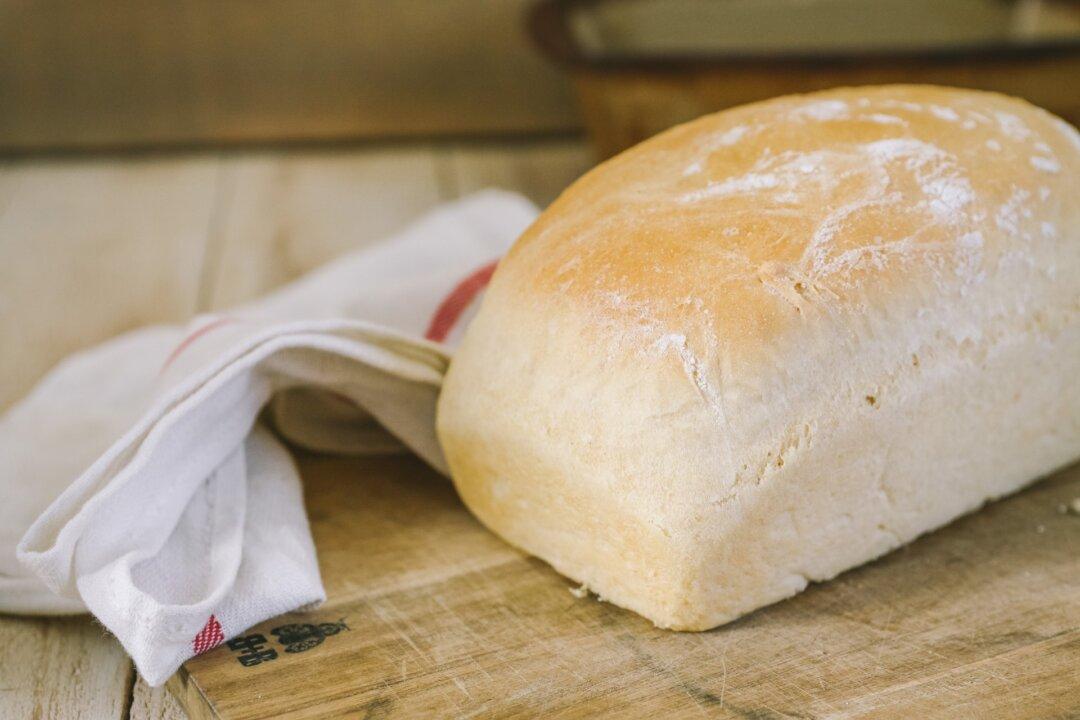Name a way to mess up a bread recipe, and I’ve probably done it.
Whether it’s killing the yeast with blazing-hot water, over-rising the dough and spilling it all over the oven, or baking loaves that emerged doughy and under-baked or so hard they could double as bricks, I can guarantee you that it has happened in my kitchen at some point.


